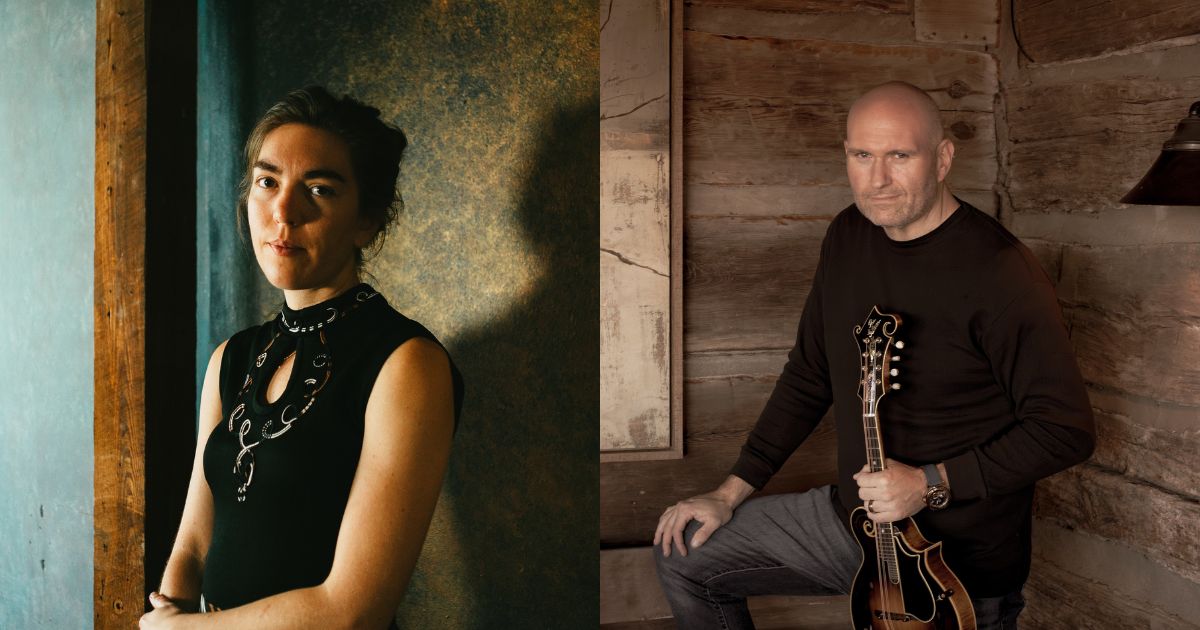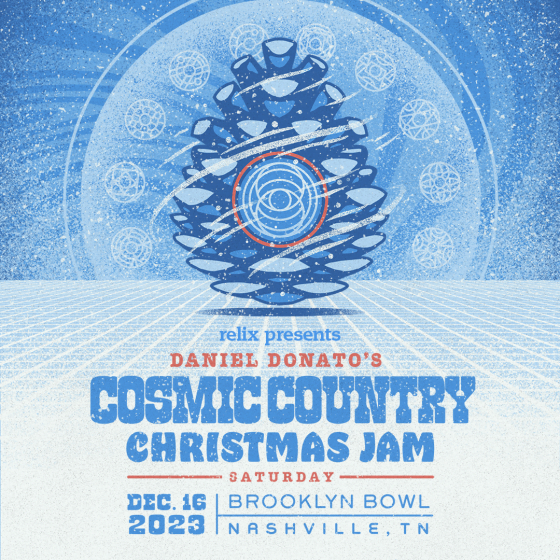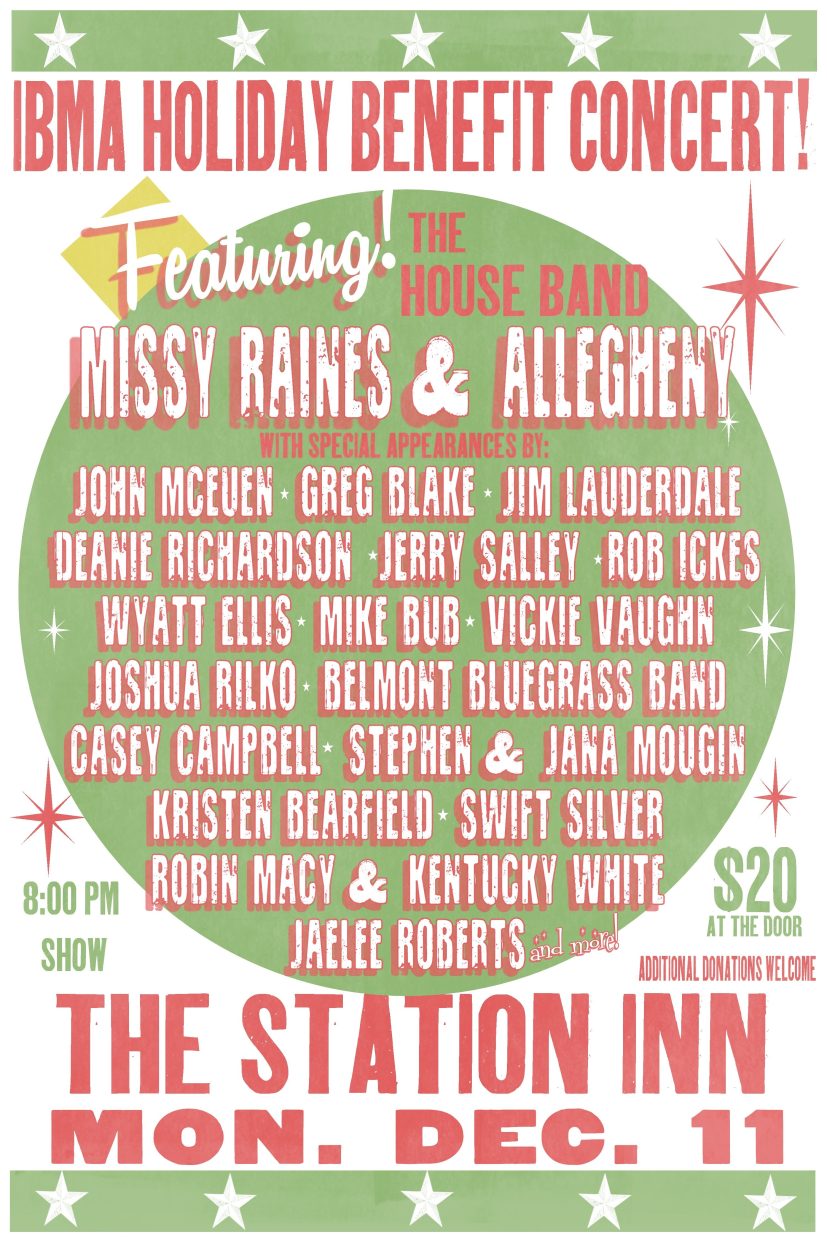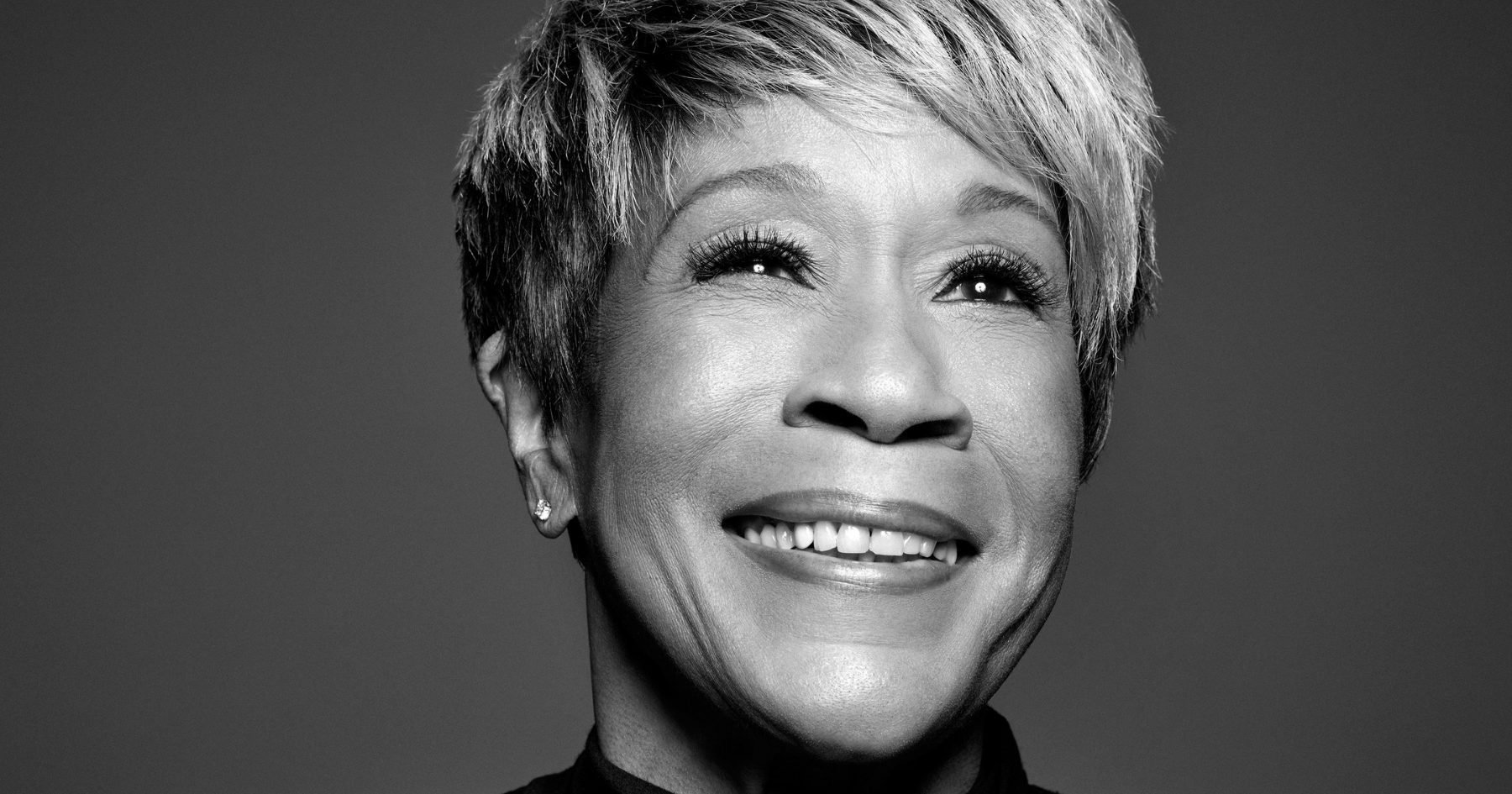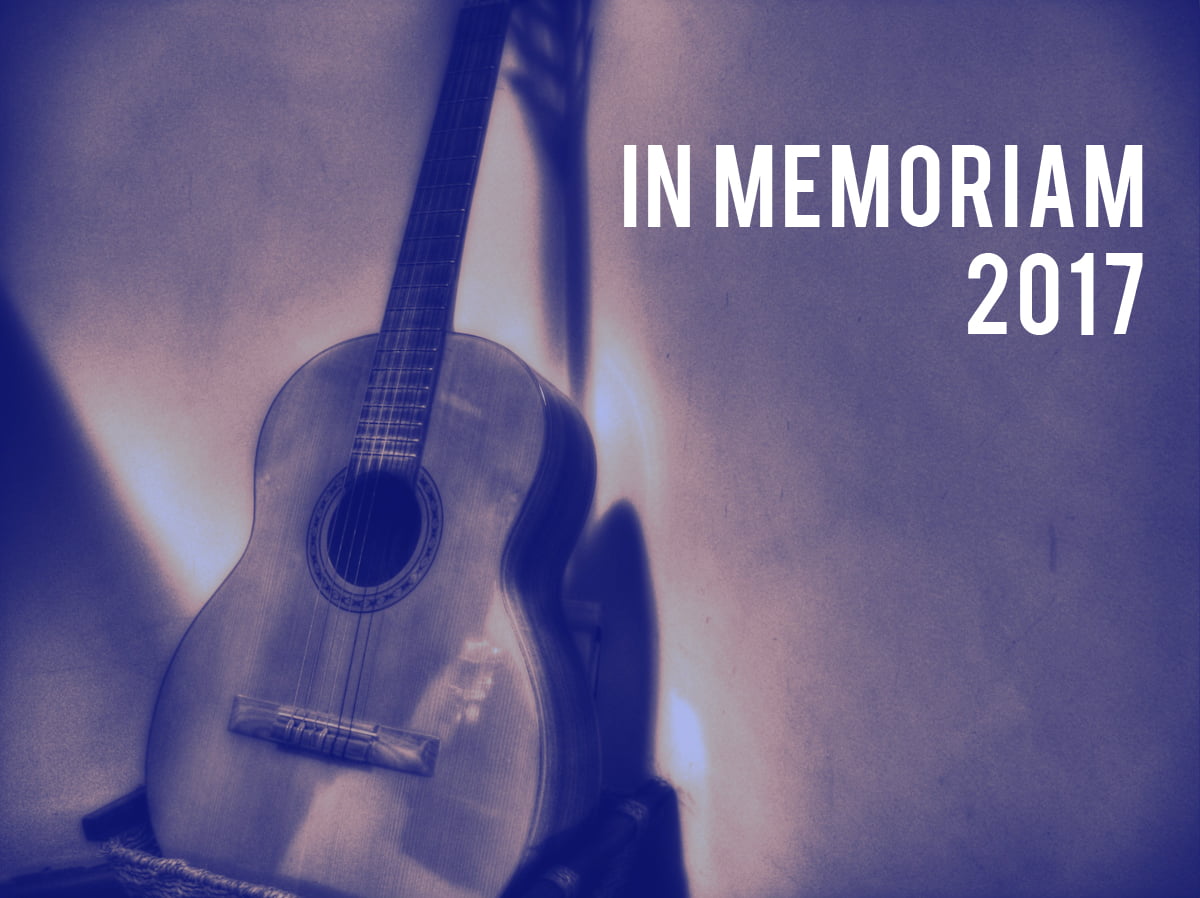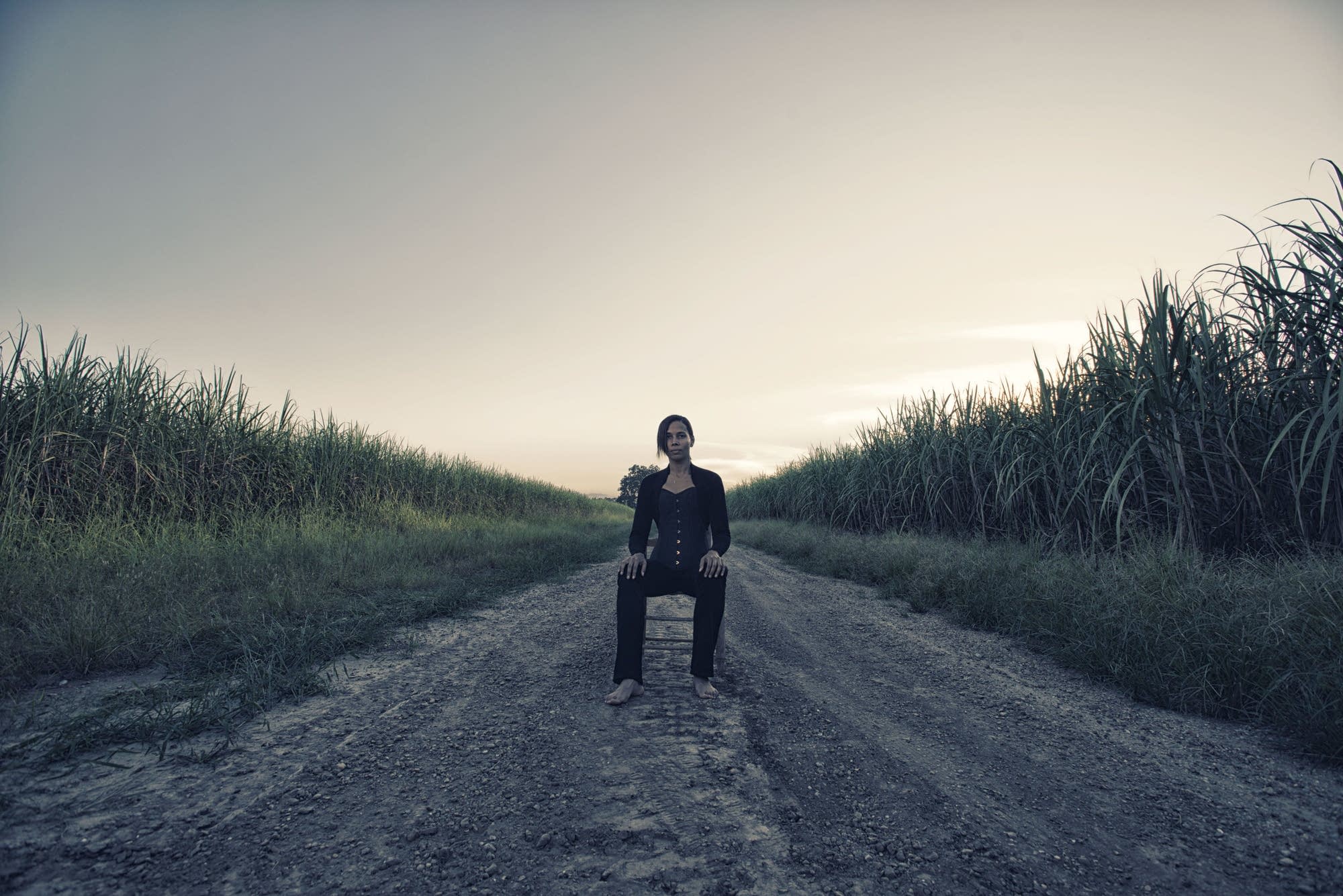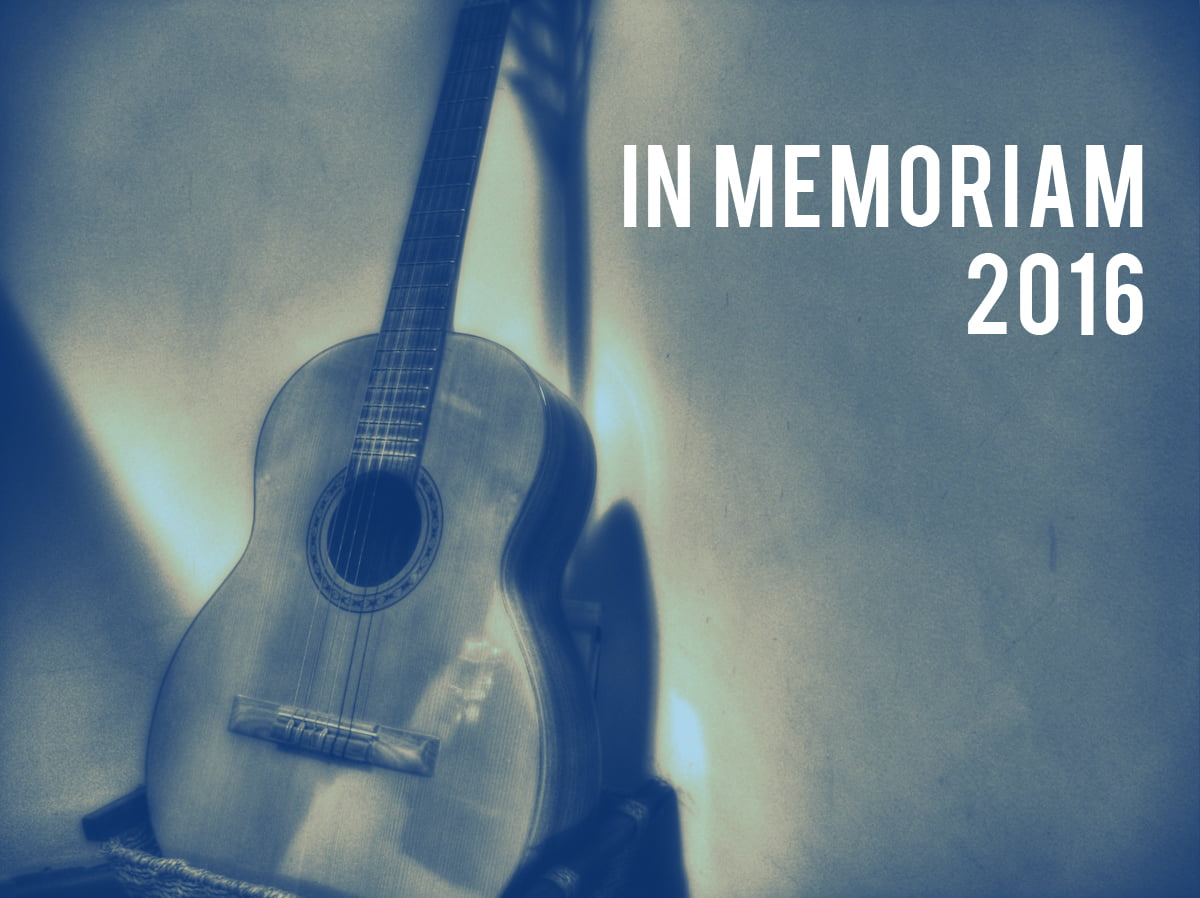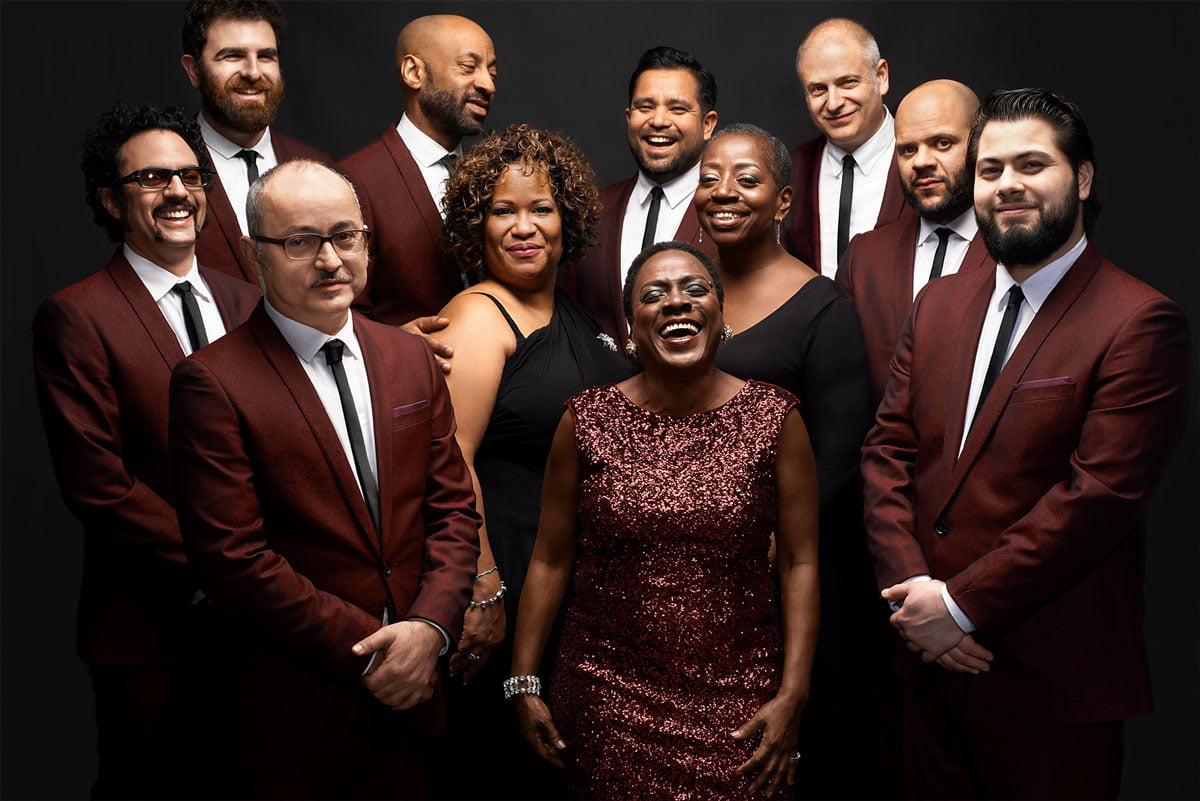To welcome you to the end of the week, we’ve got a slate of superlative premieres from across the roots music landscape.
Below, find new tracks from singer-songwriters – Maya de Vitry, who sings a song from her upcoming co-written with Caitlin Canty, as well as Lucy Isabel bringing “A Hero’s Welcome.” We’ve also got a few Western North Carolinians in our round-up, including bluegrass mandolinist Darren Nicholson playing a song about a true mountain man, John Colter, and Amanda Anne Platt & the Honeycutters offering “Big Year.”
Plus, guitarist Jacob Johnson is joined by Willie Nelson & Family harmonica player Mickey Raphael on an acoustic Allman Brothers cover and Tommy Emmanuel pays tribute to Chet Atkins’ 100th birthday with a video BGS premiered earlier this week.
It’s all right here on BGS – and You Gotta Hear This!
Maya de Vitry, “Odds of Getting Even”
Artist: Maya de Vitry
Hometown: Lancaster, Pennsylvania
Song: “Odds of Getting Even”
Album: The Only Moment
Release Date: July 12th, 2024
Label: Mad Maker Studio
In Their Words: “I wrote ‘Odds of Getting Even’ with my dear friend Caitlin Canty at a kitchen table in Nashville, several years ago. I was borrowing a friend’s snare drum at the time and having so much fun just grooving on that drum and singing. We were really moved by an article laying on my table, it was about the late Sharon Jones. Her story is powerful – her devotion to music in spite of so many years of rejection and really outright dismissal by the music industry – and then her battle with cancer, and performing in the midst of treatment… Against so many odds, she persisted in making her music. And singing was the only thing that could take her pain away.
“The band Della Mae made the first recording of this song on their 2020 Headlight album. It’s a real honor and thrill to hear another band bring your song to life. Then, Caitlin recorded her own version on Quiet Flame, which came out last summer. One of the things I love most about making records is making a collection of songs that feel like they magnetically want to live alongside each other, like companion plants or something – and this one just absolutely belongs in the song garden of The Only Moment. And to hear Phoebe Hunt on harmony vocals… well I just think Phoebe is an absolute legend. I’m so lucky to get to sing with her.” – Maya de Vitry
Track Credits:
Maya de Vitry – Vocals, acoustic guitar, synth
Phoebe Hunt – Harmony vocals
Anthony da Costa – Electric guitar
Ethan Jodziewicz – Bowed upright bass
Dominic Billett – Drums
Lucy Isabel, “A Hero’s Welcome”
Artist: Lucy Isabel
Hometown: Nashville, Tennessee
Song: “A Hero’s Welcome”
Album: All The Light
Release Date: June 28, 2024 (single); October 11, 2024 (album)
In Their Words: “‘A Hero’s Welcome’ is the only song on the album that wasn’t written specifically for the album. I taught myself to play guitar in college and started writing music pretty much right away. ‘A Hero’s Welcome’ was the first song that I ever felt proud of writing; I felt like I had found my voice. While I was in the process of writing the bulk of this album, I hung out with a college friend who reminded me of ‘A Hero’s Welcome.’ I suddenly realized that it was a perfect fit for All The Light and I added it to the track list. It’s been really fun to revisit this song that I wrote as a 21-year-old and hear how it’s transformed through the production process.” – Lucy Isabel
Track Credits: Written by Lucy Isabel Fortune-Cabrera.
Produced/mixed by Jared Anderson.
Mastered by Preston Cochran.
Lucy Isabel – Vocals, BGVs
Jared Anderson – Guitar, bass, pianos, percussion
Andy Ellison – Pedal Steel
Jacob Johnson, “Jessica” featuring Mickey Raphael
Artist: Jacob Johnson
Hometown: Greenville, SC
Song: “Jessica” feat. Mickey Raphael
Release Date: June 21, 2024
In Their Words: “It’s an unwritten rule for musicians that if your darlin’ (that’s how we say “significant other” or “partner” in the South) is named after a famous song, you must learn the song and you must use it to serenade them. Unfortunately, my wife was named after a 7-minute Allman Brothers jam. Eventually, I got serious and put together a solo/acoustic version of ‘Jessica’ that I later played as she danced with her dad at our wedding reception on May 31, 2019. It’s been knocking around in my head since then and earlier this year I decided it was time to flesh out the arrangement with some collaborators.
“Jack Ryan and Stephen Campbell from the dangerously hot Marcus King Band laid down a groovy, breathing foundation on drums and bass respectively, and Aaron Bowen supplied tasty keyboard lines throughout. In addition to the main melody, I played the second solo on my trusty Takamine acoustic guitar, but I knew I wanted to feature another special guest for the first solo section. I was completely blown away when my first choice, Mickey Raphael, legendary harmonica player for Willie Nelson and Family, agreed to participate. Mickey has played on some of my favorite albums of all time, and his lyrical, melodic style was just what the track was asking for. Having part of his magic on one of my tracks has been on my musical bucket list for many years.
“Of course, this entire project was created with lots of love and respect for its composer, the great Dickey Betts, who we lost not long after production was completed. If you know Southern music, you know he was one of the greats. Though I never had the opportunity to meet the man, I hope that my arrangement and attention to the details of this composition can honor his legacy in some small way.” – Jacob Johnson
Track Credits:
Jacob Johnson – Guitars
Mickey Raphael – Harmonica
Jack Ryan – Drums
Stephen Campbell – Bass
Aaron Bowen – Keyboards
Produced by Jacob Johnson.
Recorded by Shane Nelson at Asaph Studios & Mike McCarthy in Jack Ryan’s Garage.
Mixed by Shane Nelson at Asaph Studios, Greenville, South Carolina.
Mastered by Anna Frick at Ally Sound.
Darren Nicholson, “Big Sky”
Artist: Darren Nicholson
Hometown: Canton, North Carolina
Song: “Big Sky”
Release Date: June 21, 2024
Label: Mountain Home Music Company
In Their Words: “This is one of my favorite cuts of my entire recording career. I feel there’s a special spirit in the song and the way it turned out. It’s based on the true story of early American explorer, John Colter. He was a member of the Lewis and Clark Expedition and became the first known person of European descent to enter the region which became Yellowstone National Park. There’s several fascinating periods of his life and career. I became aware of him through a fabulous book about his survival and harrowing adventures called Colter’s Run. He was one of the first true mountain men. This was the inspiration for the song when Charles Humphrey and myself set out to write it. I also think it would make a great film. I feel the musicians knocked it out of the park in regard to capturing the mood and old-time essence. Hope you enjoy!” – Darren Nicholson
Track Credits:
Darren Nicholson – Mandolin, octave mandolin, lead vocal, harmony vocal
Tony Creasman – Drums
Kristin Scott Benson – Banjo
Zach Smith – Upright bass;
Colby Laney – Acoustic guitar
Deanie Richardson – Fiddle
David Johnson – Dobro
Kevin Sluder – Harmony vocal
Jennifer Nicholson – Harmony vocal
Amanda Anne Platt & the Honeycutters, “Big Year”
Artist: Amanda Anne Platt & The Honeycutters
Hometown: Asheville, North Carolina
Song: “Big Year”
Album: The Ones That Stay
Release Date: August 9, 2024
Label: Mule Kick Records
In Their Words:“I wrote the first line of this song in 2018, after what felt like a really big year. I would revisit it from time to time, trying to find the rest of the words. And while I was doing that, the years just kept getting bigger and bigger. Good stuff, bad stuff, life just gets overwhelming at times. And of course there was a global pandemic. I’m still waiting on a smaller year, but maybe I’m also learning how to ride the wave a little better.” – Amanda Anne Platt
Track Credits:
Amanda Anne Platt – Acoustic guitar, lead vocal
Matt Smith – Dobro
Rick Cooper – Electric guitar, vocal harmony
Kevin Williams – Piano, vocal harmony
Evan Martin – Bass, drums, percussion, vocal harmony
Produced by Scott McMicken and Greg Cartwright, FrogHouse Productions, and Amanda Anne Platt.
Tommy Emmanuel, “Mr. Guitar (Live)”
Artist: Tommy Emmanuel
Hometown: Nashville, Tennessee
Song: “Mr. Guitar (Live)”
Album: Endless Road: 20th Anniversary Edition
Release Date: May 28, 2024
Label: CGP Sounds
In Their Words: “The one and only Chet Atkins would be celebrating his 100th year if he were still here in body. We miss him. We love his playing, we remember all the great lessons and wisdom he handed out freely to us. We always use his example as the one written in stone. My fellow CGPs, John Knowles and Steve Wariner, have their own experiences and memories to share, and they have lived a different life to me. Yet, because of our love for Chet’s music, we are forever joined, like family…” – Tommy Emmanuel
Photo Credit: Maya de Vitry by Kaitlyn Raitz; Darren Nicholson by Jeff Smith.
